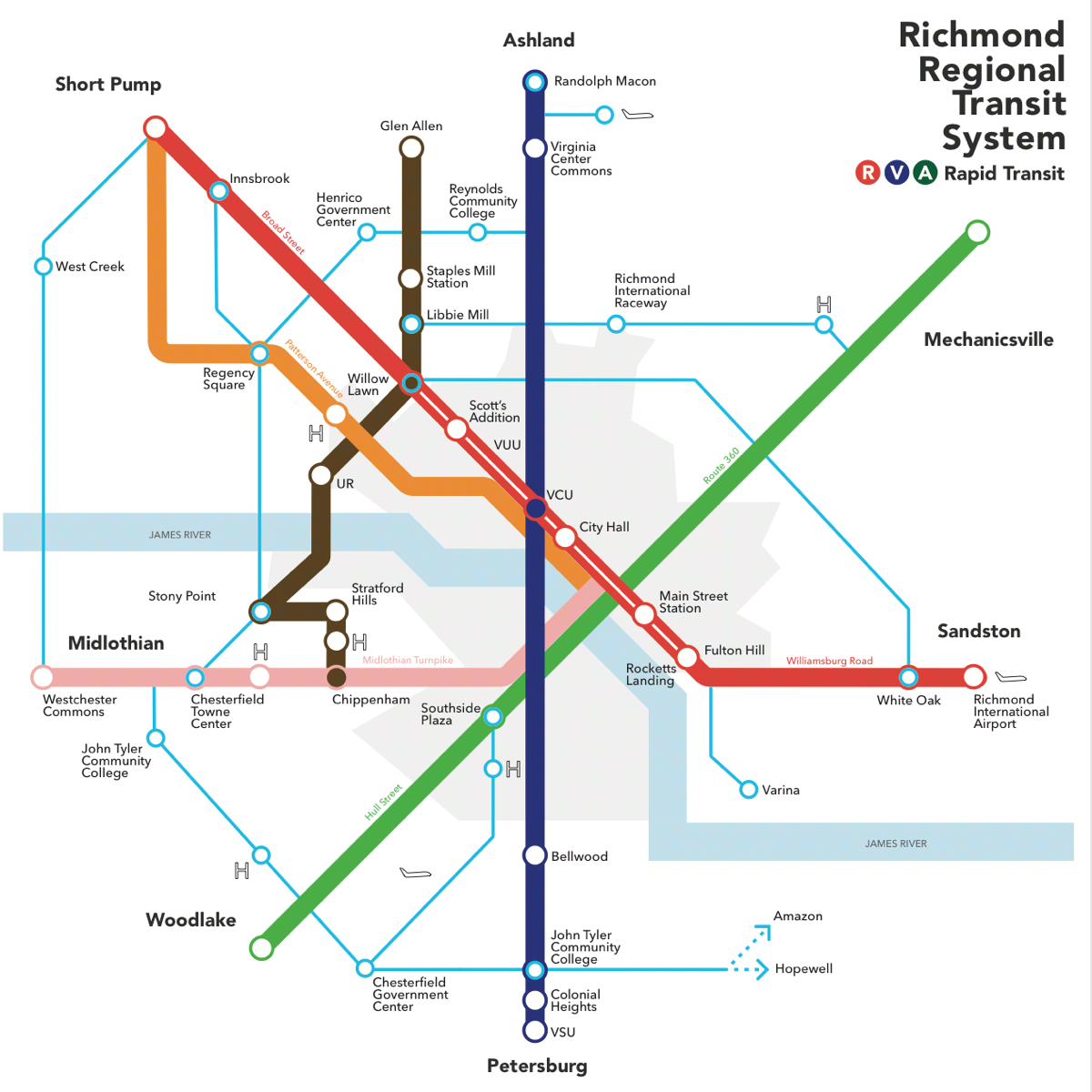This past week, the Richmond Times-Dispatch ran two really excellent pieces about the acceleration of poverty in Richmond's surrounding counties. The first looks at U.S. Census poverty rate data from around the region. While Richmond City still has the largest percentage of its citizens living in poverty, the increase in poverty rate has shifted to the counties. Additionally, a majority of people living in poverty (53%) now reside in the counties. From the second piece, by Michael Paul Williams:
In Chesterfield, the poverty rate rose from 4.6 percent in 2000 to 7.5 percent in 2015. But Dorothy Jaeckle, chairwoman of the Chesterfield Board of Supervisors, is neither impressed nor alarmed if her response in Saturday’s newspaper is any indication.
“This data is not useful enough to get real information. For some reason, people that do these reports love the headline: Poverty is increasing in the suburbs,” Jaeckle said in an email.
“Chesterfield County continually works toward job creation to address poverty and unemployment. Realistically, until the federal government changes some of its housing and food stamp policies, there is little localities can do to address generational poverty,” she said.
What do we do about this? How can we help? Where do we start? Again, from Michael Paul Williams:
Listen: We can deconcentrate poverty in a cohesive and collaborative fashion, or we can watch it spread inexorably in the suburbs as the city gentrifies. We may cling to our boundaries as if they are the be-all and end-all, but poverty doesn’t respect them.
Unfortunately, two crucial lines in attacking poverty — a more extensive reach of mass transit into the suburbs and more available housing for the poor in non-poverty neighborhoods — haven’t happened.
That first line of attack, extending the reach of mass transit into the suburbs, that's what we're working hard to make happen. You can see what it looks like in the map above, or just picture in your mind rapid transit along the region's major corridors: Hull Street, Midlothian Turnpike, Broad Street, Patterson Avenue, and Route 1.
This isn't a dream or a far-fetched fiction. This vision, of rapid transit along the region's major corridors, is a state-approved plan—the final version of which just dropped this week (massive PDF).
So tell your friends, subscribe to our email newsletter, sign our Civic Statement of Support, and send folks to our website—because we need as much help as we can get. The work toward a truly regional public transportation system continues in a big way in 2017!
—Ross Catrow


